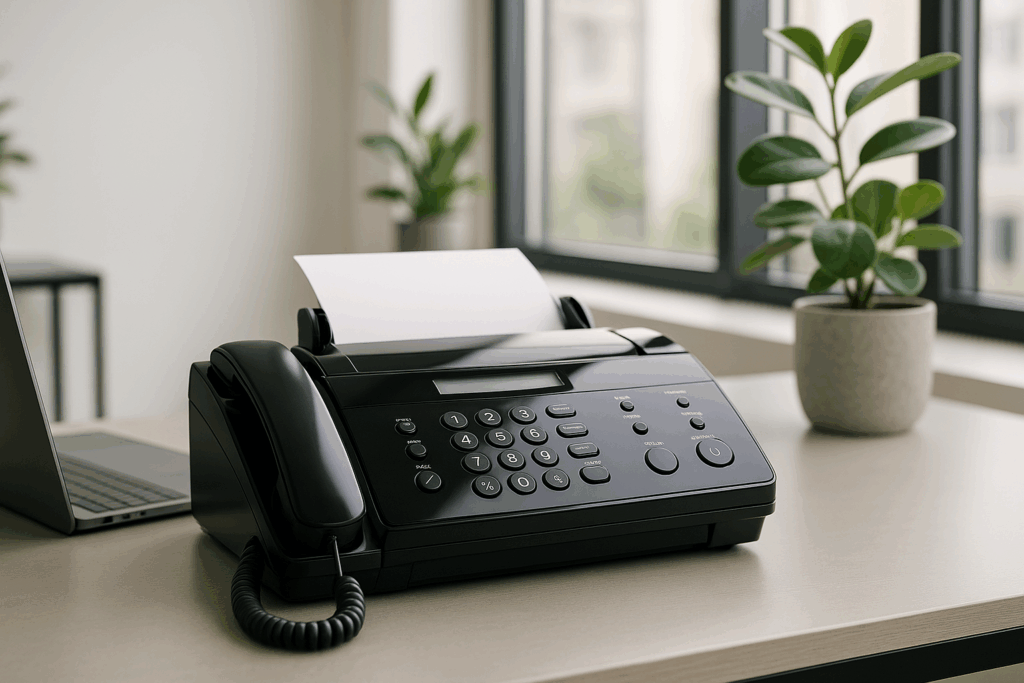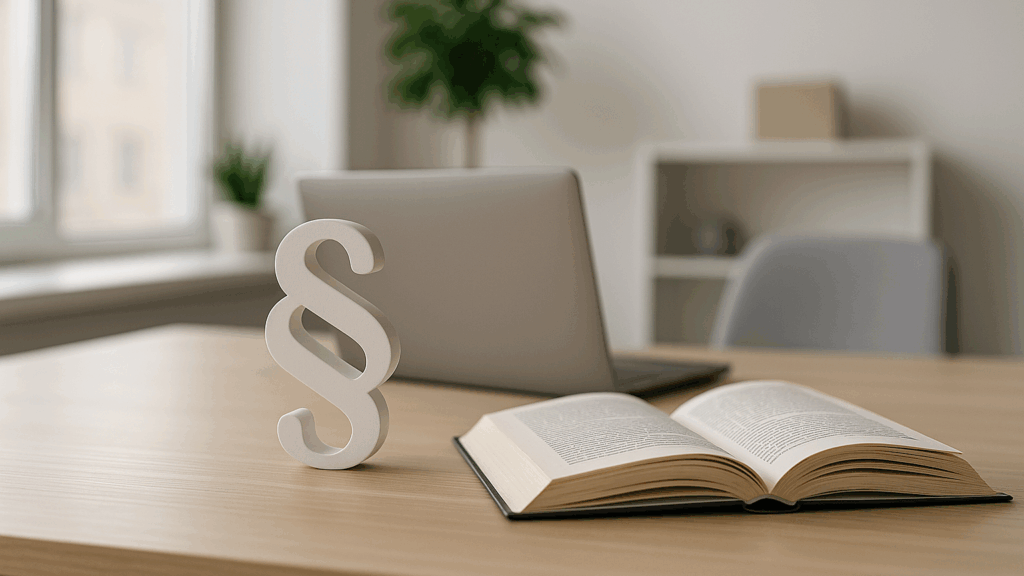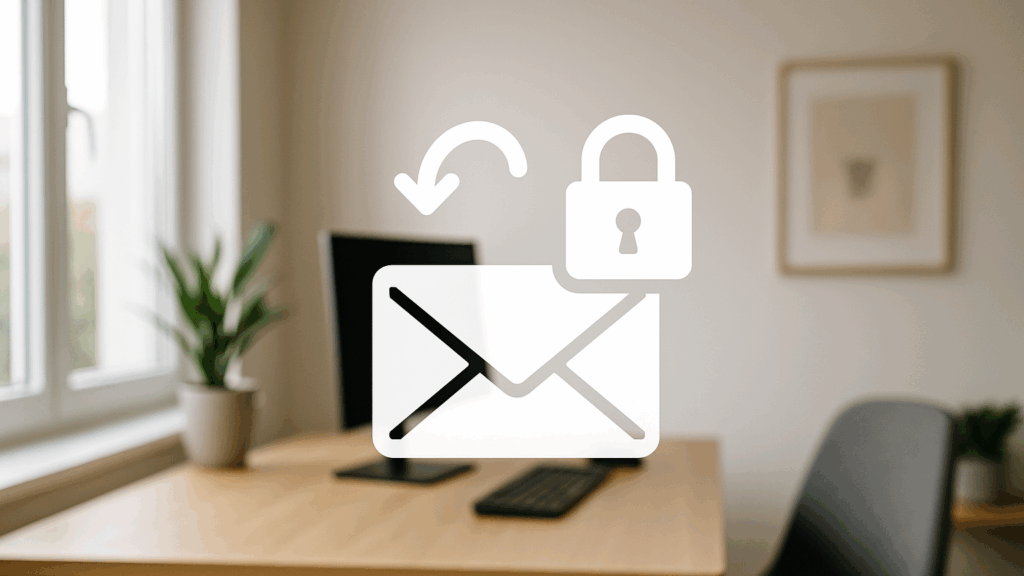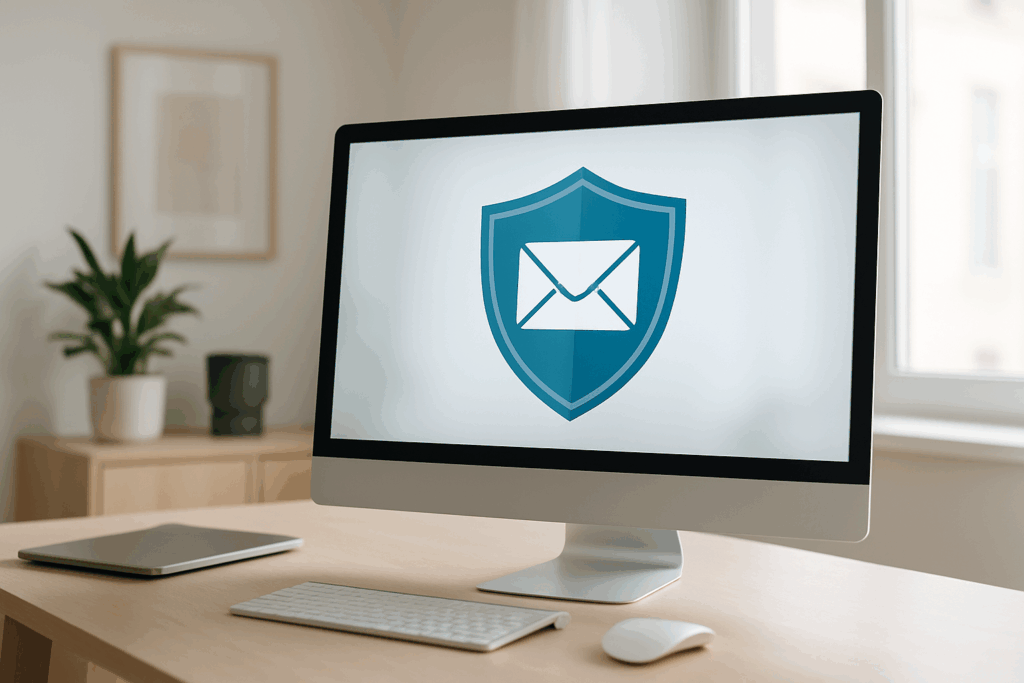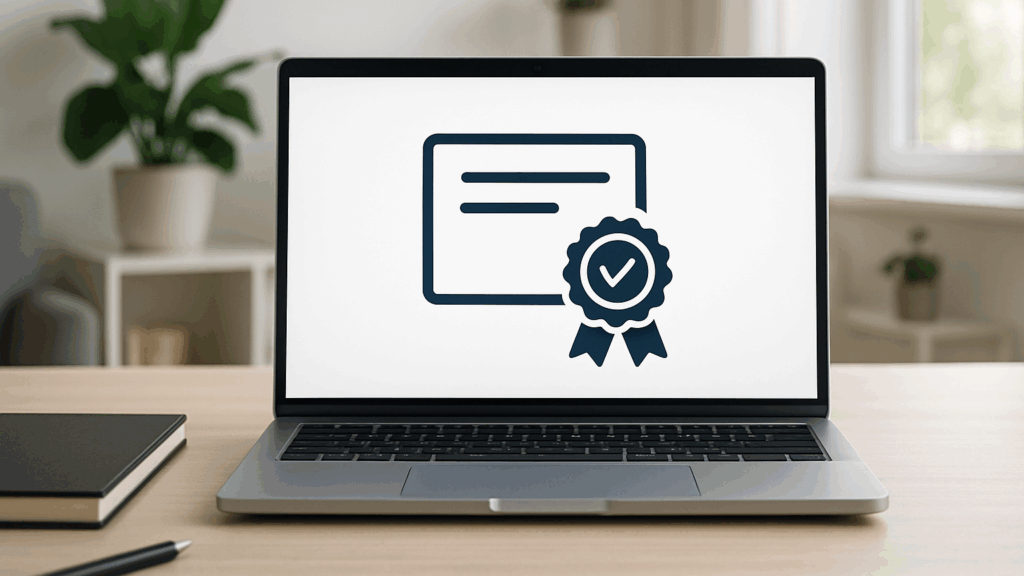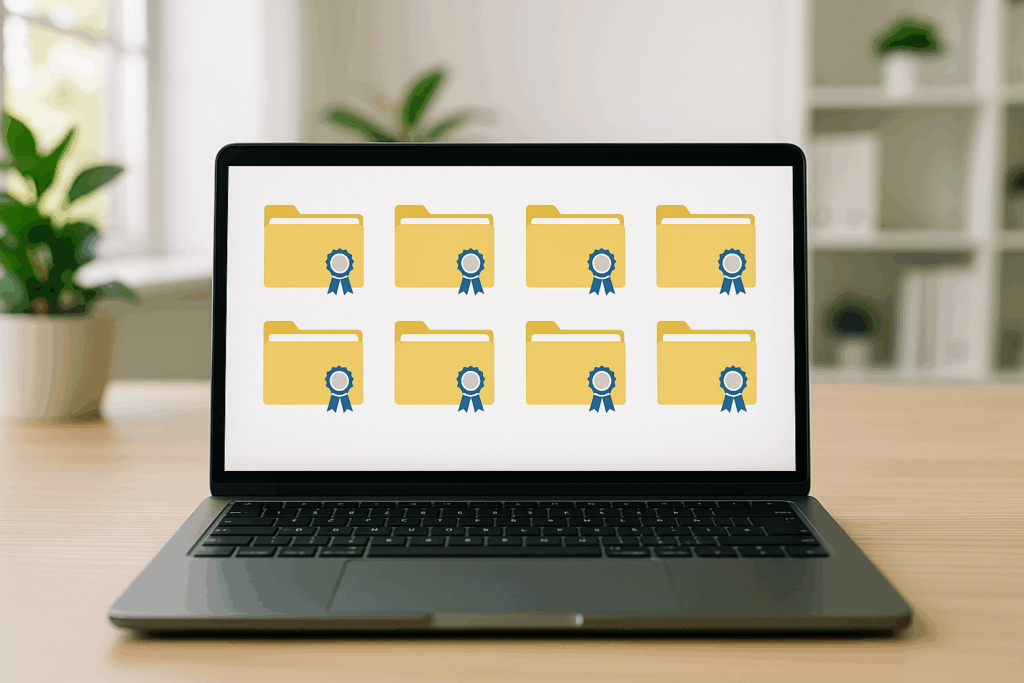Unencrypted emails are like postcards – anyone who intercepts them en route can read them. Nevertheless, confidential information is sent unprotected every day. Despite this, secure and proven methods like S/MIME have long existed for reliably encrypting and digitally signing emails.
The proven S/MIME encryption technology protects emails, ensures their authenticity, and prevents tampering. But how exactly does S/MIME work, and what possibilities does this encryption offer in practice?

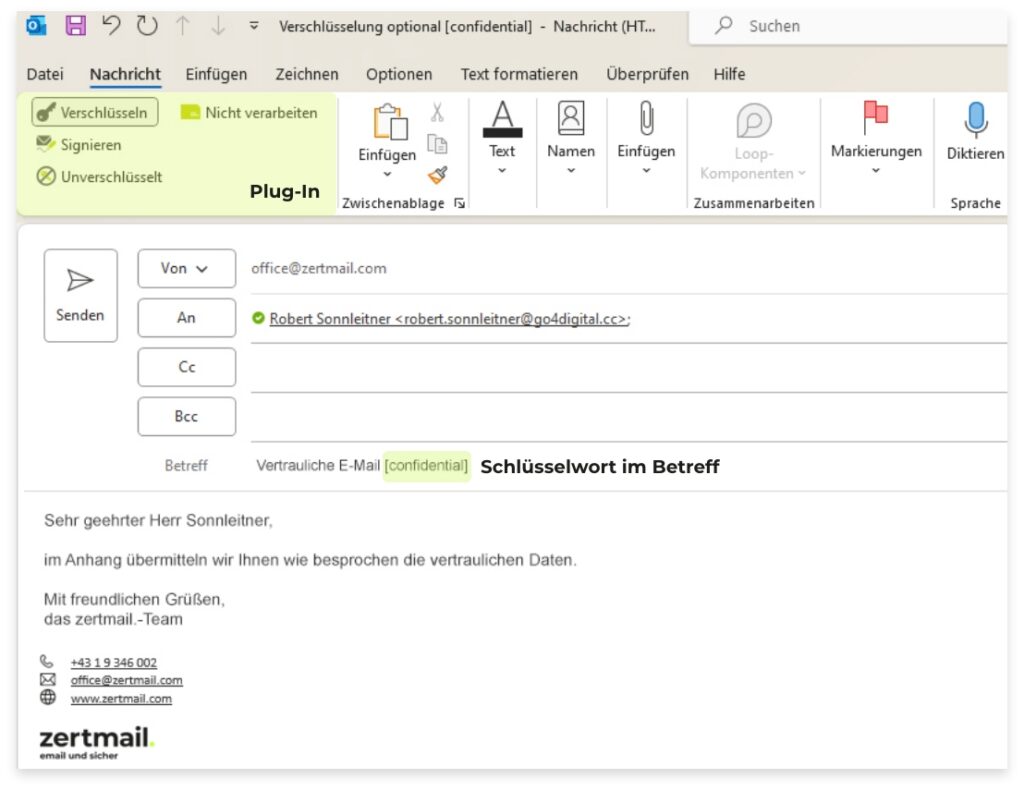 Instructions for encryption in Outlook can be found in diesem Beitrag.
zertmail. relies on S/MIME, but also offers a user-friendly interface via plugin, central certificate management, and modern integrations for daily use – especially for external communication with recipients without their own certificate.
Instructions for encryption in Outlook can be found in diesem Beitrag.
zertmail. relies on S/MIME, but also offers a user-friendly interface via plugin, central certificate management, and modern integrations for daily use – especially for external communication with recipients without their own certificate.
 The new EU directive NIS-2, which stipulates increased security standards for critical infrastructures, also obliges affected organizations to ensure secure communication – including encrypted emails.
With zertmail., you not only meet the requirements of the GDPR, but are also well prepared for the upcoming NIS-2 regulations.
The new EU directive NIS-2, which stipulates increased security standards for critical infrastructures, also obliges affected organizations to ensure secure communication – including encrypted emails.
With zertmail., you not only meet the requirements of the GDPR, but are also well prepared for the upcoming NIS-2 regulations.

What is S/MIME?
S/MIME stands for Secure/Multipurpose Internet Mail Extensions and has been a globally recognized standard for email encryption and digital signatures for over 30 years. The goal is to ensure that only the intended recipient can read a message—and can be assured that it originates from the specified sender and has not been altered along the way. This technology also forms the basis of zertmail. – the email encryption service for companies that want to combine data protection and user-friendliness. How does S/MIME work? S/MIME is based on asymmetric cryptography and uses a key pair:- Public key: Is shared to encrypt messages.
- Private key: Remains secret and is used for decryption and signing.

The process in three steps:
- The email is encrypted with the recipient’s public key.
- The recipient decrypts it with their private key.
- Optionally, the sender signs the email with their private key to confirm its authenticity.
Why is S/MIME secure?
- End-to-end encryption: Only the sender and recipient can read the contents.
- Integrity: Message tampering is reliably detected.
- Authenticity: Digital signatures ensure clear sender verification.
- Proven: S/MIME has been established as an industry standard for years, has been tested worldwide, and is compatible with common email clients.
S/MIME & Outlook: A powerful duo
Many email programs, such as Microsoft Outlook, already support S/MIME by default. This makes it easy to encrypt emails—provided you have a valid S/MIME certificate. Instructions for encryption in Outlook can be found in diesem Beitrag.
zertmail. relies on S/MIME, but also offers a user-friendly interface via plugin, central certificate management, and modern integrations for daily use – especially for external communication with recipients without their own certificate.
Instructions for encryption in Outlook can be found in diesem Beitrag.
zertmail. relies on S/MIME, but also offers a user-friendly interface via plugin, central certificate management, and modern integrations for daily use – especially for external communication with recipients without their own certificate.
Who has to encrypt emails in Austria?
Since the GDPR came into force, it has been clear: anyone who processes personal data must take technical measures to protect it – this includes email encryption. Affected are, among others:- Healthcare facilities
- Lawyers, notaries, tax advisors
- Insurance and real estate agents
- Finance and purchasing departments
- HR departments and personnel managers
- Sales, customer service, and marketing with access to customer data
- IT administrators and support
 The new EU directive NIS-2, which stipulates increased security standards for critical infrastructures, also obliges affected organizations to ensure secure communication – including encrypted emails.
With zertmail., you not only meet the requirements of the GDPR, but are also well prepared for the upcoming NIS-2 regulations.
The new EU directive NIS-2, which stipulates increased security standards for critical infrastructures, also obliges affected organizations to ensure secure communication – including encrypted emails.
With zertmail., you not only meet the requirements of the GDPR, but are also well prepared for the upcoming NIS-2 regulations.
What should be considered when using S/MIME?
- Certificates must be renewed regularly (usually annually).
- Not all programs support S/MIME equally well.
- Using them can be cumbersome for recipients without a certificate.



